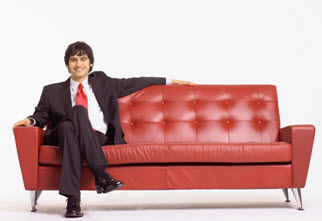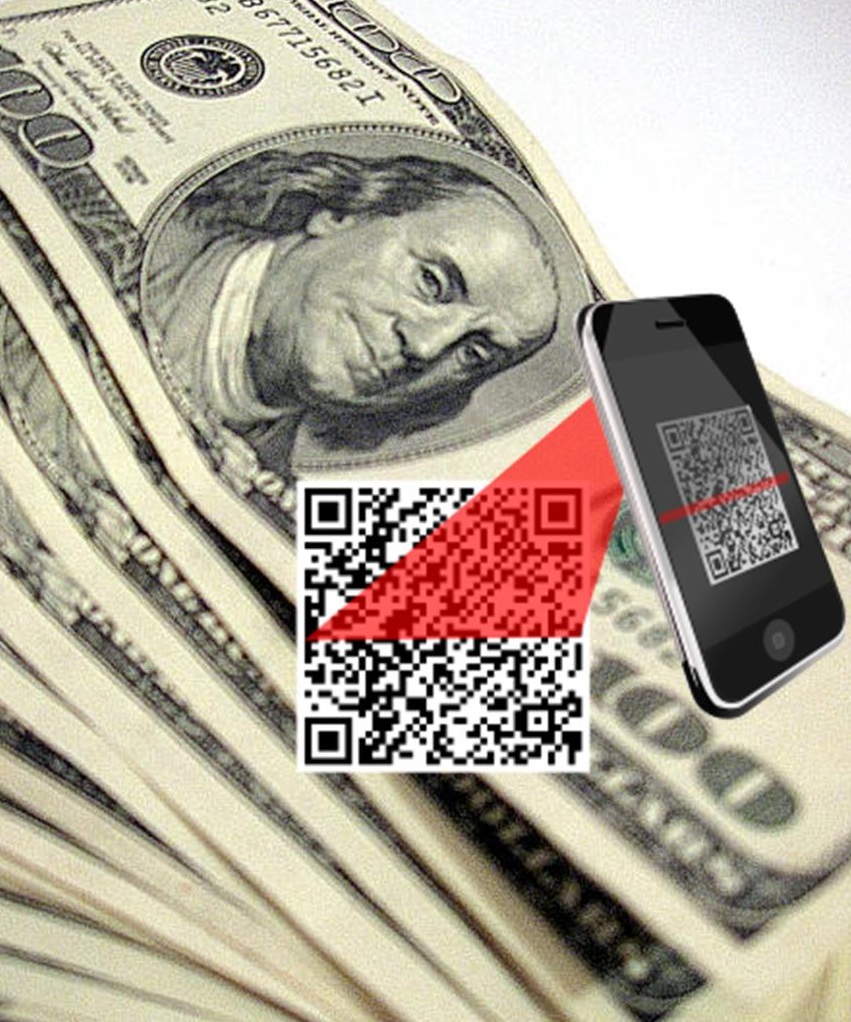 Intela study shows mobile commerce is seeing strong acceptance among consumers
Intela study shows mobile commerce is seeing strong acceptance among consumers
Consumers in the United Kingdom are becoming more comfortable with the prospect of purchasing goods with their mobile devices, according to new research from Intela, a leading performance marketing firm. The UK is one of the most auspicious markets for mobile commerce in the world, with many telecommunications companies and financial services firms working to engage mobile consumers in more dynamic ways. Retailers throughout the country have been embracing mobile payments, adding momentum to the growth of mobile commerce and helping make consumers more comfortable with participating in mobile commerce.
More than 50% of UK mobile consumers eager to make mobile payments
According to Intela, more than half of the UK’s mobile consumers are now comfortable with making mobile payments of $15 or more. The firm notes that the initial growth that mobile commerce had seen in the UK was due to the “iTunes effect,” the trend that saw consumers purchasing music and applications through their mobile devices. This trend helped consumers understand how mobile payments worked, and now these people are beginning to make purchases through platforms outside of iTunes as their options become more varied.
Investments in mobile commerce are growing
Intela notes that investments in mobile commerce coming from UK businesses rose significantly in 2012. Many of the businesses adopting mobile commerce have adopted a strong focus on educating consumers on how to participate in mobile payments. The firm notes that these efforts have paid off very well, with approximately 40% of UK consumers claiming they have a better understanding of how mobile commerce platforms work. Moreover, these consumers are very likely to make mobile purchases in the future for products they are interested in.
US consumers also show comfort with mobile payments
Intela’s study is not focused solely on the United Kingdom. The firm found that U.S. consumers are also growing more comfortable with the concept of mobile commerce. According to Intela, 56% of U.S. consumers are happy to spend more than $10 on mobile purchases. Nearly one in two of these consumers are very comfortable with mobile commerce platforms and how these platforms operate.

 A team in South Dakota have created invisible printing for security barcodes.
A team in South Dakota have created invisible printing for security barcodes.